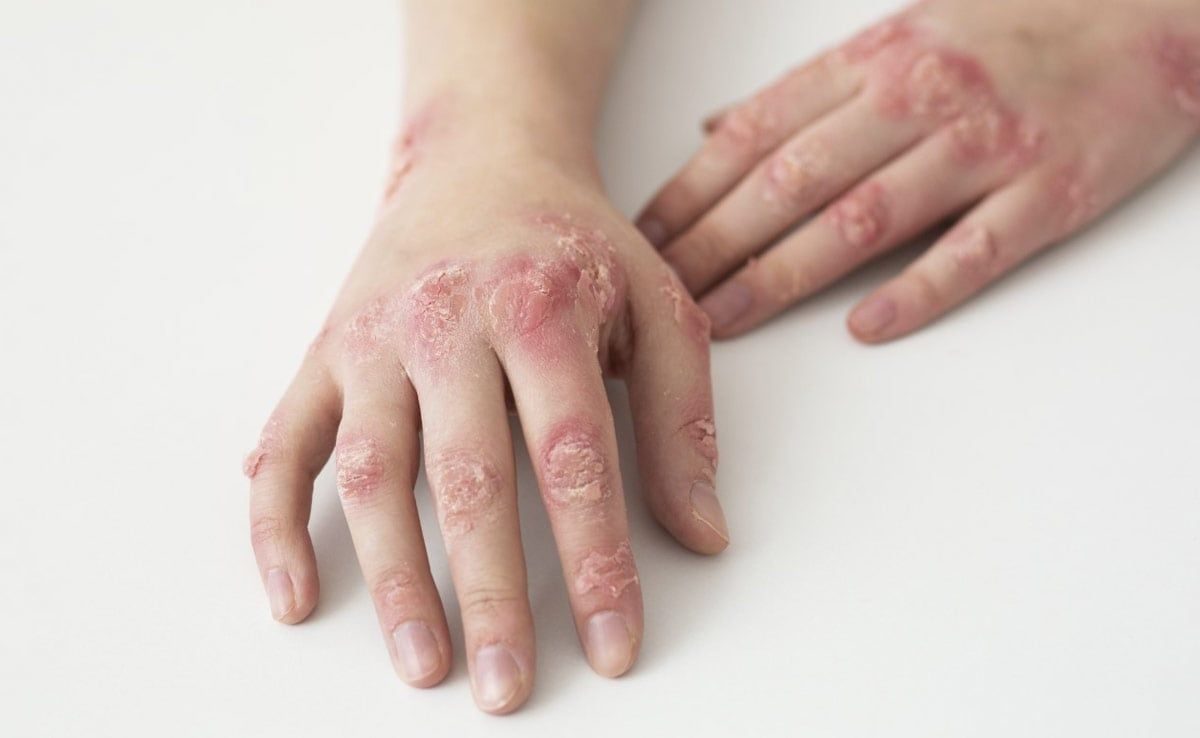Introduction
Saffron, often revered as the “Sunshine Spice,” not only adds a rich golden hue and a complex aroma to dishes but also comes with a storied past of medicinal use. Originating from the Crocus sativus flower, saffron has been a staple in traditional healing practices for centuries, prized for its potential therapeutic effects. This exotic spice is rich in carotenoids, which are responsible for its vibrant color and part of what makes it one of the most expensive spices by weight.
The medicinal prowess of saffron is attributed to its three key bioactive compounds:
- Crocin : This carotenoid pigment is known for its potent antioxidant properties, lending saffron its characteristic bright color.
- Picrocrocin : It gives saffron its distinctive taste, which plays a role in its use as a seasoning agent.
- Safranal : This volatile oil offers the spice’s aromatic essence and contributes to various health benefits.
These compounds have been the focus of research investigating the health-promoting attributes of saffron. Whether used as a flavorful addition to cuisine or harnessed in supplemental form like liquid saffron extract , this time-honored spice continues to captivate with both its culinary and curative potentials.
1. Potential Health Benefits of Saffron
Saffron is a golden spice known for its vibrant color and fragrant aroma. While it is commonly used in cooking, saffron also offers potential health benefits due to its bioactive compounds like Crocin, Picrocrocin, and Safranal.
A Boost For Mental Health
One of the key areas where saffron shows promising effects is mental health. It is known to have mood-enhancing properties and has been studied for its potential in reducing symptoms of depression. In fact, some research suggests that saffron may have similar effects as certain antidepressant medications, making it a natural alternative worth exploring[^1^]. Its antioxidant properties are believed to play a role in this.
Neurological Disorders: A Ray of Hope
Saffron’s benefits may extend beyond mental health to more serious neurological conditions such as epilepsy and Alzheimer’s disease. Studies have shown that saffron possesses anticonvulsant properties, which could potentially be beneficial for managing epilepsy[^2^]. Additionally, research indicates that saffron may help inhibit the formation of Amyloid beta-peptide fibrils , which are closely associated with the progression of Alzheimer’s disease[^3^].
How To Use Saffron For Health Benefits
Incorporating saffron into your daily routine can be both simple and enjoyable. Here are two easy ways to experience its potential health benefits:
- Saffron Tea : Brew a cup of saffron tea by steeping a few strands of saffron in hot water for 5-10 minutes. You can enhance the flavor by adding honey or lemon if desired.
- Culinary Creations : Experiment with using pure saffron powder in your cooking or baking recipes to add a unique flavor and color twist.
While these findings are promising, it’s important to note that more research is still needed to fully understand the extent and mechanisms of saffron’s benefits. As always, it’s advisable to consult with healthcare professionals before making any significant changes to your diet or starting new supplements. However, it is worth mentioning that studies have suggested potential benefits of saffron in promoting cardiovascular health as well.
: Saffron in the treatment of patients with mild to moderate depression: a double-blind, randomized and placebo-controlled trial [^2^]: Anticonvulsant effects of aqueous extract of Crocus sativus L. stigma and its constituents, crocin and safranal, in mice [^3^]: Inhibition of amyloid β-peptide fibrillation by inorganic nanoparticles: Functional similarities with proteins
2. Saffron for Sexual Health and Well-being
Saffron’s vibrant golden threads carry not just a rich flavor, but also a reputation as a potent aphrodisiac. Historically used in traditional medicine to enhance sexual function, modern science offers some support for these claims. Studies suggest saffron may indeed have positive effects on sexual health, particularly related to libido and erectile function.
- Saffron can increase blood flow and stimulate the libido, potentially improving both desire and performance.
- It has been seen to alleviate common issues associated with premenstrual syndrome (PMS) , such as mood swings, irritability, and fatigue.
However, it’s important to note that while promising, these potential benefits of saffron for sexual well-being and PMS are based on limited studies. More extensive research is needed to fully understand the impact of saffron on these aspects of human health.
Next, let’s delve into how saffron might play a role in weight management – a topic of interest in our increasingly health-conscious society.
3. Weight Management Benefits of Saffron
Weight loss can be challenging for many people, requiring a combination of physical activity, healthy eating habits, and mental strength. However, saffron, a natural spice, has emerged as a potential aid in weight management due to its ability to regulate appetite. Here are some ways saffron may help with weight loss:
- Suppressing Appetite: Saffron contains special compounds that could increase serotonin levels in the brain. Serotonin is a neurotransmitter that affects mood and appetite, so saffron might help reduce cravings by improving mood and reducing emotional eating.
- Improving Mood: By potentially enhancing mood, saffron could indirectly support weight loss by reducing the tendency to eat for emotional reasons, which often leads to consuming more calories than necessary.
- Increasing Fullness: Certain studies indicate that saffron consumption might promote a sense of fullness, which could discourage overeating during meals.
While saffron is commonly known as a valuable ingredient in cooking, its benefits extend beyond the culinary realm. Incorporating saffron into a well-rounded diet may offer an innovative approach for individuals seeking natural ways to manage their weight. However, it’s important to note that more research is needed in this area.
If you’re considering saffron for weight loss, it’s crucial to remember that it should complement other healthy lifestyle choices like regular exercise and mindful eating practices. Saffron alone cannot guarantee significant weight loss results but may serve as an additional tool in your journey towards better health.
4. Saffron’s Impact on Cardiovascular Health
Saffron contains various beneficial compounds that can positively affect heart health. One of the main causes of heart disease, oxidative stress, can be countered by saffron’s powerful antioxidants.
How Saffron Helps the Heart
- Saffron’s antioxidants have been found to reduce oxidative damage in heart tissue [^1^].
- The vibrant color of saffron is a result of its high antioxidant content, specifically crocin and safranal. These compounds have shown significant effects in lowering oxidative stress markers and protecting heart tissues.
- A study published in “The Journal of Tehran Heart Center” observed how saffron pretreatment benefited patients undergoing heart surgery by reducing damage caused by free radicals [^2^].
- Animal studies have also indicated that saffron supplementation can lead to lower levels of LDL (bad) cholesterol and higher levels of HDL (good) cholesterol [^3^].
The Potential Benefits for Your Heart
Including saffron in your diet or taking it as a supplement may offer some protective benefits for your cardiovascular health. However, it’s important to note that more research is needed to fully understand the extent of saffron’s impact on heart disease prevention.
[^1^]: Boskabady, M., & Farkhondeh, T. (2016). Anti-oxidant and anti-inflammatory effects of Crocus sativus L.(saffron) and its main active constituents: A review. Iranian journal of basic medical sciences, 19(4), 358. [^2^]: Mehdizadeh, R., Parizadeh, M., Khooei, A., Mehri, S., & Hosseinzadeh, H. (2013). Cardioprotective effect of saffron extract and safranal in isoproterenol-induced myocardial infarction in wistar rats. Iranian journal of basic medical sciences, 16(1), 56. [^3^]: Shemshian, M., Mousavi, S. H., Norouzy, A., Kermani, T., Moghiman, T., Sadeghi, A., … & Ghayour-Mobarhan, M. (2014). Saffron in metabolic syndrome: its effects on antibody titers to heat-shock proteins 27, 60, 65 and 70. Journal of Complementary and Integrative Medicine, 11(1), 43-49.
5. Saffron for Healthy Eyes
When it comes to saffron’s health benefits, one area worth noting is its potential for keeping our eyes in good shape and safeguarding them against certain eye problems. One such problem is age-related macular degeneration, a common cause of vision loss in individuals aged 50 and above.
Saffron’s ability to promote eye health can be attributed to its powerful antioxidants. These antioxidants work by neutralising harmful molecules called free radicals that can harm our body’s cells, including those in our eyes. By doing so, saffron helps shield our eyes from potential damage and lowers the risk of developing eye conditions like macular degeneration.
A research published in Investigative Ophthalmology & Visual Science discovered that taking a saffron supplement daily significantly enhanced retinal flicker sensitivity among patients with early age-related macular degeneration. This finding suggests that saffron might improve visual function and slow down the progression of this disease.
In another clinical trial, individuals with mild-to-moderate age-related macular degeneration experienced an improvement in their ability to see details after regularly taking saffron supplements for an extended period.
To sum up:
- Saffron contains antioxidants that fight against cell-damaging free radicals.
- Making saffron a part of your regular diet may help you maintain good eyesight.
- Saffron has shown potential in protecting against age-related macular degeneration as well as other eye disorders.
While these findings are encouraging, more studies are required to fully grasp how saffron specifically impacts eye health. In the following section, we will delve into safe consumption practices for saffron and explore any potential risks associated with high doses.
Safe Usage, Potential Risks, and Conclusion
Saffron is beneficial but should be used responsibly. Here are some important points to keep in mind:
Safe Usage Guidelines
- It’s recommended to limit saffron intake to under 1.5g per day.
- Higher doses can have toxic effects and may cause symptoms such as headache, nausea, vomiting, and gastrointestinal problems.
Special Considerations for Pregnant Women
- Pregnant women should be cautious about saffron consumption.
- High doses can increase the risk of miscarriage .
- It’s best for expectant mothers to consult their healthcare provider before adding saffron to their diet.
Recap of the Benefits
Let’s take a quick look at the various ways saffron can contribute to our well-being based on scientific research:
- Boosts mental health
- Supports sexual well-being
- Aids in weight management
- Promotes heart health
- Maintains eye health
Saffron offers a wide range of health benefits supported by scientific evidence. However, it’s important to remember that individual experiences may vary.
The Importance of Professional Guidance
Before making any significant changes to your diet or starting a new supplement, it’s always wise to seek advice from a healthcare professional. This ensures that you can safely incorporate saffron into your routine while maximizing its potential benefits.
Remember: Your well-being is precious, and expert guidance plays a crucial role in maintaining it!
FAQs (Frequently Asked Questions)
What are the key bioactive compounds found in saffron?
The key bioactive compounds found in saffron are Crocin, Picrocrocin, and Safranal.
What are the potential health benefits of saffron?
Saffron has potential antioxidant properties, may have an impact on depression symptoms, and could be beneficial for neurological disorders such as epilepsy and Alzheimer’s disease.
Does saffron have any impact on sexual health and well-being?
Saffron is reputed as an aphrodisiac and may have potential effects on sexual function. It is also used to alleviate common issues related to premenstrual syndrome (PMS).
Is there any evidence of saffron’s role in weight management?
There is exploration into saffron’s potential role in appetite regulation and weight loss support.
How does saffron impact cardiovascular health?
Saffron has been examined for its effects on heart health, particularly its ability to reduce oxidative stress.
What are the potential benefits of saffron for maintaining healthy eyes?
Saffron may help in maintaining optimal vision and protecting against eye conditions like age-related macular degeneration.
Are there any safety considerations for using saffron?
There are guidelines for safe saffron consumption and potential risks of high doses. Pregnant women should also consider the possible risk of miscarriage associated with saffron use.









